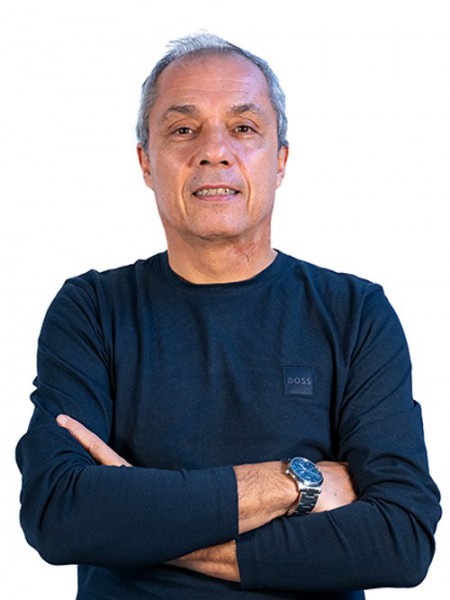abstract
An integrated variable wave plate device based on a thermo-optic (TO) effect was fabricated by patterning a waveguide channel through direct UV laser writing on the surface of sol-gel derived organic-inorganic hybrid (di-ureasil) films. The di-ureasil layer is stable up to 250 degrees C and has a high TO coefficient calculated as -(4.9 +/- 0.5) x 10(-4) degrees C-1 at 1550 nm. The waveguide temperature was tuned, inducing optical phase retardation between the transverse electric and transverse magnetic modes, resulting in a controllable wave plate. A maximum phase retardation of 77 degrees was achieved for a waveguide induced temperature increase of 5C above room temperature, with a power consumption of 0.4 W. The thermal linear retardation coefficient was calculated to be 19 +/- 1 degrees/ degrees C. (C) 2014 Optical Society of America.
keywords
ORGANIC-INORGANIC HYBRIDS; SOL-GEL; OPTICAL-PROPERTIES; FILMS; BIREFRINGENCE; DEVICES; NETWORKS; CIRCUITS; PLANAR; SWITCH
subject category
Optics
authors
Vicente, CMS; Lima, PP; Bermudez, VD; Carlos, LD; Andre, PS; Ferreira, RAS
our authors
acknowledgements
This work is funded by FEDER, COMPETE and Portuguese national foundation (FCT, PEstC/CTM/LA0011/2013, FCOMP-01-0124-FEDER-037271, Pest-OE/QUI/UI0616/2014, PEst-OE/EEI/LA0008/2013, SFRH/BPD/87473/2012) and COST Action MP1202. Andrei L. Kholkin and associates from University of Aveiro are gratefully acknowledged for AFM measurements.





